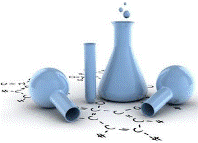Chemical and Biomolecular Engineering, Department of
ORCID IDs
0000-0002-8113-9199
Date of this Version
2018
Document Type
Article
Citation
PLoS ONE 13(11): e0207708
Abstract
Background We hypothesized that slow crystalloid resuscitation would result in less blood loss and a smaller hemoglobin decrease compared to a rapid resuscitation during uncontrolled hemorrhage.
Methods Anesthetized, splenectomized domestic swine underwent hepatic lobar hemitransection. Lactated Ringers was given at 150 or 20 mL/min IV (rapid vs. slow, respectively, N = 12 per group; limit of 100 mL/kg). Primary endpoints were blood loss and serum hemoglobin; secondary endpoints included survival, vital signs, coagulation parameters, and blood gases.
Results The slow group had a less blood loss (1.6 vs. 2.7 L, respectively) and a higher final hemoglobin concentration (6.0 vs. 3.4 g/dL).
Conclusions Using a fixed volume of crystalloid resuscitation in this porcine model of uncontrolled intraabdominal hemorrhage, a slow IV infusion rate produced less blood loss and a smaller hemoglobin decrease compared to rapid infusion.



Comments
Open access
https://doi.org/10.1371/journal.pone.0207708